Paul Signac
Paintings
Place des Lices St Tropez
The Bonaventure Pine
The Port of Saint-Tropez
The Tugboat Canal in Samois
Port of Saint-Cast
The Port of Rotterdam
Venice The Pink Cloud
Port of Saint-Cast
The Port of Rotterdam
Venice The Pink Cloud
View of the Seine at Herblay
Venice
Snow. Boulevard de Clichy. Paris
Paimpol
Breakfast
Cassis. Cap Lombard. Opus 196
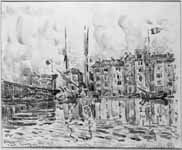
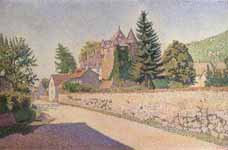

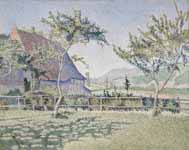
Comblat-le-Château, the Meadow (Le Pré), Opus 161
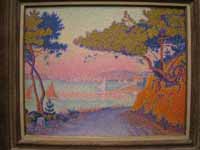

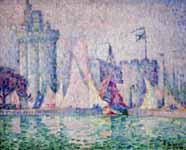
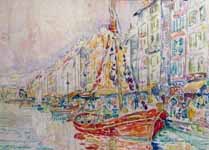

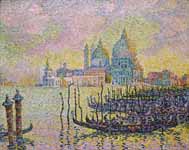
\Entrance to the Grand Canal, Venice
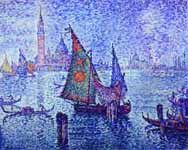
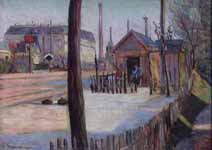
Railway Junction near Bois-Colombes
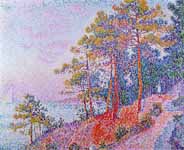
Above Saint-Tropez, the Customs House Pathway

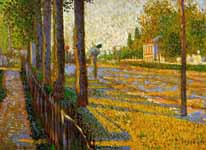
The Pontoise Road ( The Branch of Bois-Colombes )

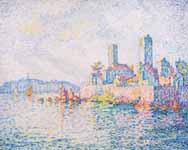



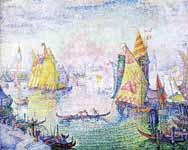
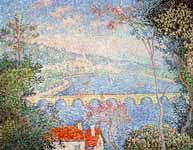

Blessing Of Th eTuna Boats, Groix
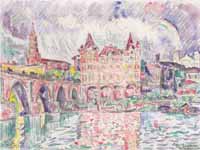
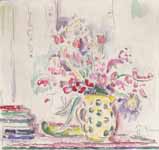
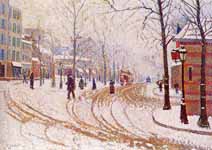
Snow, Boulevard de Clichy, Paris
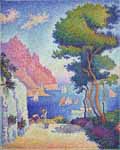
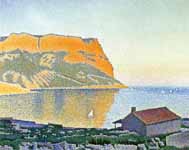

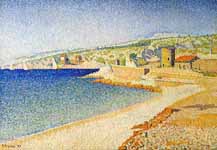
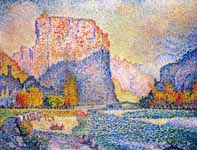
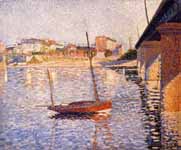
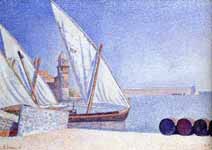
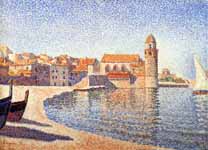

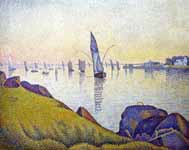
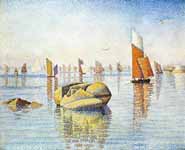
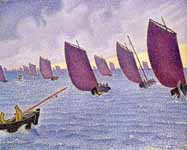
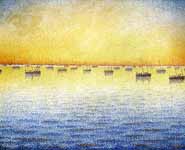
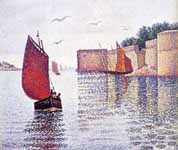

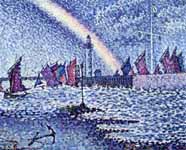
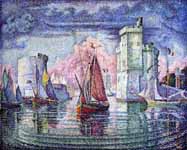

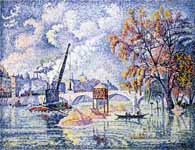
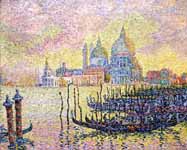

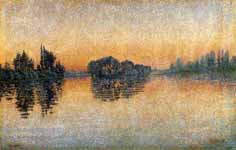

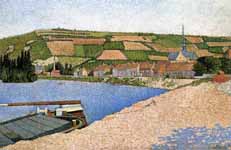
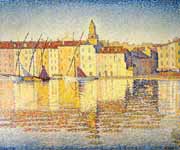
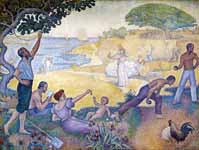
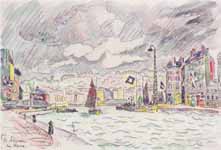

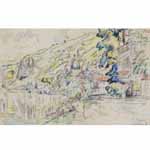

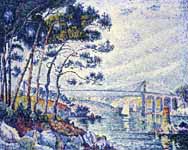
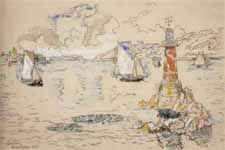
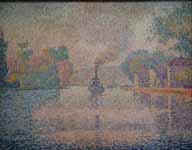
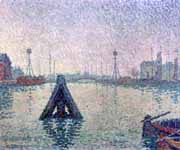
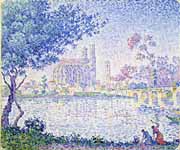
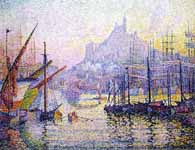
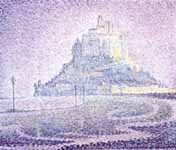
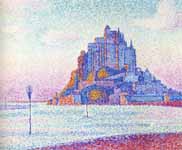

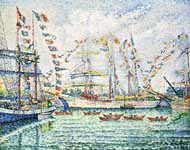
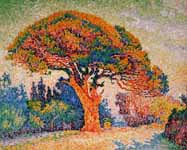
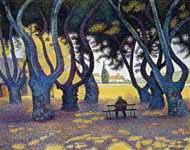

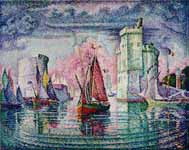
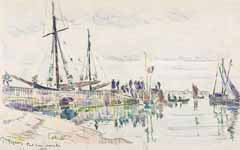
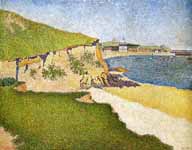
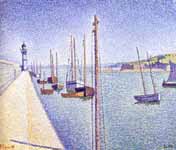
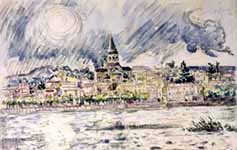
Village on the banks of a river
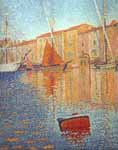
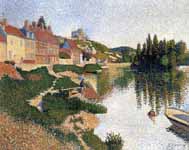


Rotterdam, the mill, the canal (Coolsingel), the morning
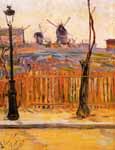
Rue Caulaincourt. Mills on Montmarte

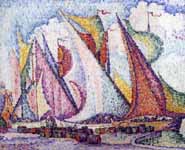
Les Voiles au sec. Saint-Tropez
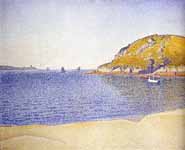
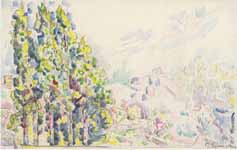
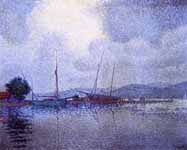
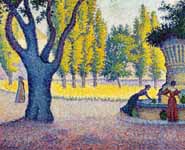
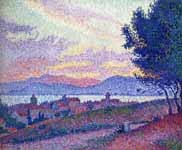
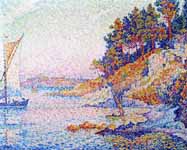
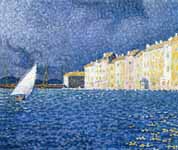
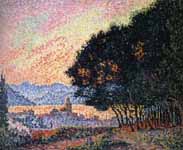
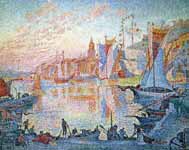
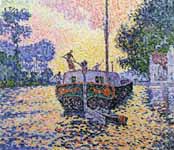
---
Fine Art Prints | Greeting Cards | Phone Cases | Lifestyle | Face Masks | Men's , Women' Apparel | Home Decor | jigsaw puzzles | Notebooks | Tapestries | ...
Paul Victor Jules Signac (French: [pɔl siɲak]; 11 November 1863 – 15 August 1935) was a French neo-impressionist painter who, working with Georges Seurat, helped develop the pointillist style. Paul Signac was born in Paris on 11 November 1863. He followed a course of training in architecture before deciding at the age of 18 to pursue a career as a painter after attending an exhibit of Monet's work. He sailed around the coasts of Europe, painting the landscapes he encountered. He also painted a series of watercolors of French harbor cities in later years. In 1884 he met Claude Monet and Georges Seurat. He was struck by the systematic working methods of Seurat and by his theory of colors and became Seurat's faithful supporter, friend and heir with his description of Neo-Impressionism and Divisionism method.[1] Under his influence he abandoned the short brushstrokes of impressionism to experiment with scientifically juxtaposed small dots of pure color, intended to combine and blend not on the canvas but in the viewer's eye, the defining feature of pointillism.
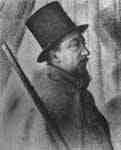
Porträt des Paul Signac, Georges Seurat
Many of Signac's paintings are of the French coast. He loved to paint the water. He left the capital each summer, to stay in the south of France in the village of Collioure or at St. Tropez, where he bought a house and invited his friends.
Breakfast, 1886-87, Kröller-Müller Museum, Otterlo, The Netherlands
Sunday 1888–1890, private collection
In 1886 Signac met Vincent van Gogh in Paris. In 1887 the two artists regularly went to Asnières-sur-Seine together, where they painted such subjects as river landscapes and cafés. Initially, Van Gogh chiefly admired Signac’s loose painting technique. In March 1889, Signac visited Vincent van Gogh at Arles. The next year he made a short trip to Italy, seeing Genoa, Florence, and Naples.
In 1888, Signac discovered anarchist ideas by reading Elisee Reclus, Kropotkin and Jean Grave, who all developed the ideas of anarchist communism. With his friends Angrand Cross, Maximilien Luce and Camille Pissarro he contributed to Jean Grave’s paper Les Temps Nouveaux (New Times). His financial support was considerable; he sent regular cheques and made a gift of his works for five lotteries between 1895 and 1912.[2] Signac's 1893 painting, In the Time of Harmony was originally titled In the Time of Anarchy but political repression targeting the anarchists in France at this time forced him to change it before the work could be accepted by a gallery.[3]
Signac loved sailing and began to travel in 1892, sailing a small boat to almost all the ports of France, to the Netherlands, and around the Mediterranean as far as Constantinople, basing his boat at St. Tropez, which he "discovered". From his various ports of call, Signac brought back vibrant, colorful watercolors, sketched rapidly from nature. From these sketches, he painted large studio canvases that are carefully worked out in small, mosaic-like squares of color, quite different from the tiny, variegated dots previously used by Seurat.
Capo di Noli, 1898, Wallraf-Richartz Museum
Signac himself experimented with various media. As well as oil paintings and watercolors he made etchings, lithographs, and many pen-and-ink sketches composed of small, laborious dots. The Neo-Impressionists influenced the next generation: Signac inspired Henri Matisse and André Derain in particular, thus playing a decisive role in the evolution of Fauvism.
As president of the Société des Artistes Indépendants from 1908 until his death, Signac encouraged younger artists (he was the first to buy a painting by Matisse) by exhibiting the controversial works of the Fauves and the Cubists.
Signac served as a juror with Florence Meyer Blumenthal in awarding the Prix Blumenthal, a grant given between 1919 and 1954 to painters, sculptors, decorators, engravers, writers, and musicians.[4]
Personal life
On 7 November 1892 Signac married Berthe Roblès at the town hall of the 18th arrondissement of Paris; witnesses at the wedding were Alexandre Lemonier, Maximilien Luce, Camille Pissarro and Georges Lecomte. In November 1897, the Signacs moved to a new apartment in the Castel Béranger, built by Hector Guimard, and a little later, in December of the same year, acquired a house in Saint-Tropez called La Hune; there the painter had a vast studio constructed, which he inaugurated on 16 August 1898.
In September 1913, Signac rented a house at Antibes, where he settled with Jeanne Selmersheim-Desgrange, who gave birth to their daughter Ginette on 2 October 1913. In the meantime Signac had left La Hune as well as the Castel Beranger apartment to Berthe: they remained friends for the rest of his life. On 6 April 1927, Signac adopted Ginette, his previously illegitimate daughter. His granddaughter, Françoise Cachin, was an art historian.
Paul Signac died from septicemia in Paris on 15 August 1935 at the age of 71. His body was cremated and buried three days later, on August 18, at the Père Lachaise Cemetery.
Some of his well known paintings are: The Bonaventure Pine, Saint Tropez, Port St. Tropez, and The Papal Palace.
In 2010, a previously unknown work was discovered at a hotel which was preparing an exhibition of its many paintings. The Hotel Spaander (nl) in Volendam has about 1,400 works of art and Signac apparently gave this one to pay for his stay there in 1894. Valued at €100,000, the unnamed oil "representing a view of the harbour used to hang off a rusty nail in the lobby".[5]
Writer
Signac left several important works on the theory of art, among them From Eugène Delacroix to Neo-Impressionism, published in 1899; a monograph devoted to Johan Barthold Jongkind (1819–1891), published in 1927; several introductions to the catalogues of art exhibitions; and many other still unpublished writings.
Politically he was an anarchist, as were many of his friends, including Félix Fénéon and Camille Pissarro.
Illustrations
Jean Cocteau, Bertrand Guégan (1892–1943); L'almanach de Cocagne pour l'an 1920-1922, Dédié aux vrais Gourmands Et aux Francs Buveurs (1921)[7]
La Gerbe (Nantes), periodical.
Notes
Ruhberg Kark, Art of the 20th Century Benedikt Taschen Verlag GMBH 1998 ISBN 3822840890
"Paul Signac: 1863–1935".
Christie, Stuart (27 March 2010). "The World That Never Was: A True Story of Dreamers, Schemers, Anarchists and Secret Agents". Pantheon.
"Florence Meyer Blumenthal". Jewish Women's Archive, Michele Siegel.
Collin, Branko. Paul Signac Painting Discovered in Volendam Hotel, February 27, 2010.
Musée d'Orsay, Le château des Papes, 1909
Notice WorldCat; sudoc; BnF. Engraved on wood and unpublished drawings of: Matisse, J. Marchand, R. Dufy, Sonia Lewitska, de Segonzac, Jean Émile Laboureur, Friesz, Marquet, Pierre Laprade, Signac, Louis Latapie, Suzanne Valadon, Henriette Tirman and others.´
References
Ferretti-Bocquillon, Marina et al. (2001). Signac, 1863-1935. New York: The Metropolitan Museum of Art. ISBN 0870999982.
Signac 1863–1935, Réunion des Musées Nationaux, Paris 2001 ISBN 2-7118-4127-8
The New Encyclopædia Britannica, 1988, Volume 10, Micropædia, pg. 796
External links
Works by Signac at the Musée d'Orsay, Paris
Paul-Signac.org 186 works by Paul Signac
Essay on Palais des Papes, Avignon by Paul Signac - 1909, at Great Works of Western Art
Woodcuts by Paul Signac, Henriette Tirman, Henri Ottmann and others, La Gebre, 1921/04 (A3, N31), Gallica, BnF
Detail about Paul Signac's 1886 three month visit to Les Andelys that crystalised his theories around Pointillism.
---
Fine Art Prints | Greeting Cards | Phone Cases | Lifestyle | Face Masks | Men's , Women' Apparel | Home Decor | jigsaw puzzles | Notebooks | Tapestries | ...
---
Artist
A - B - C - D - E - F - G - H - I - J - K - L - M -
N - O - P - Q - R - S - T - U - V - W - X - Y - Z
Retrieved from "http://en.wikipedia.org/"
All text is available under the terms of the GNU Free Documentation License















